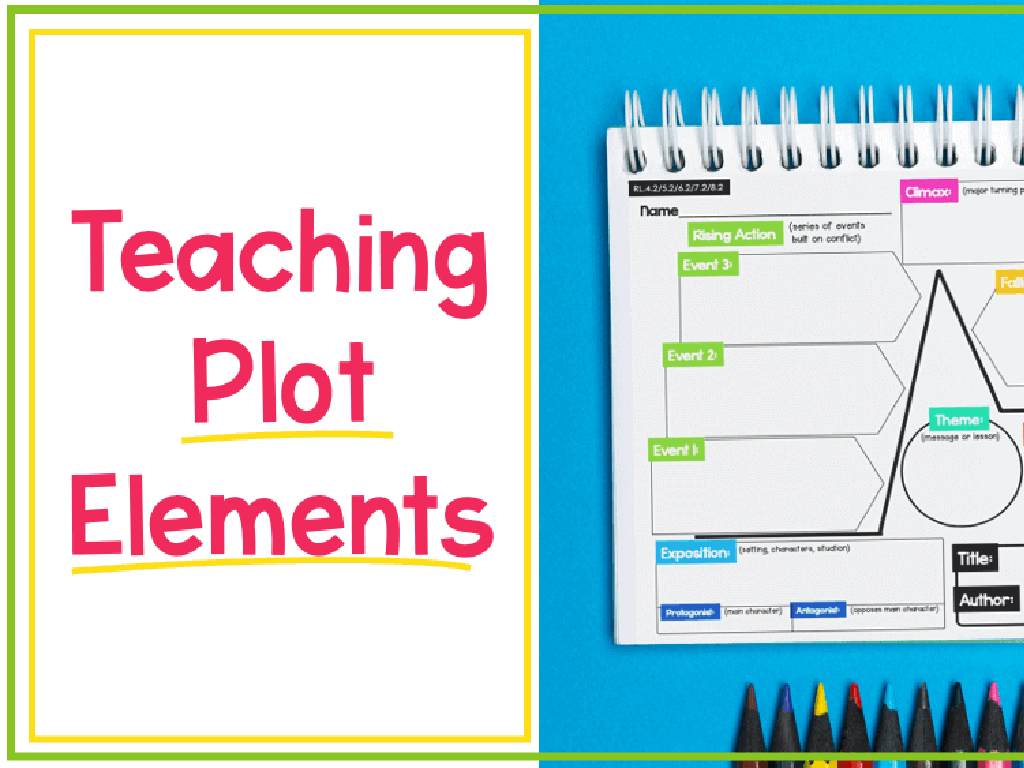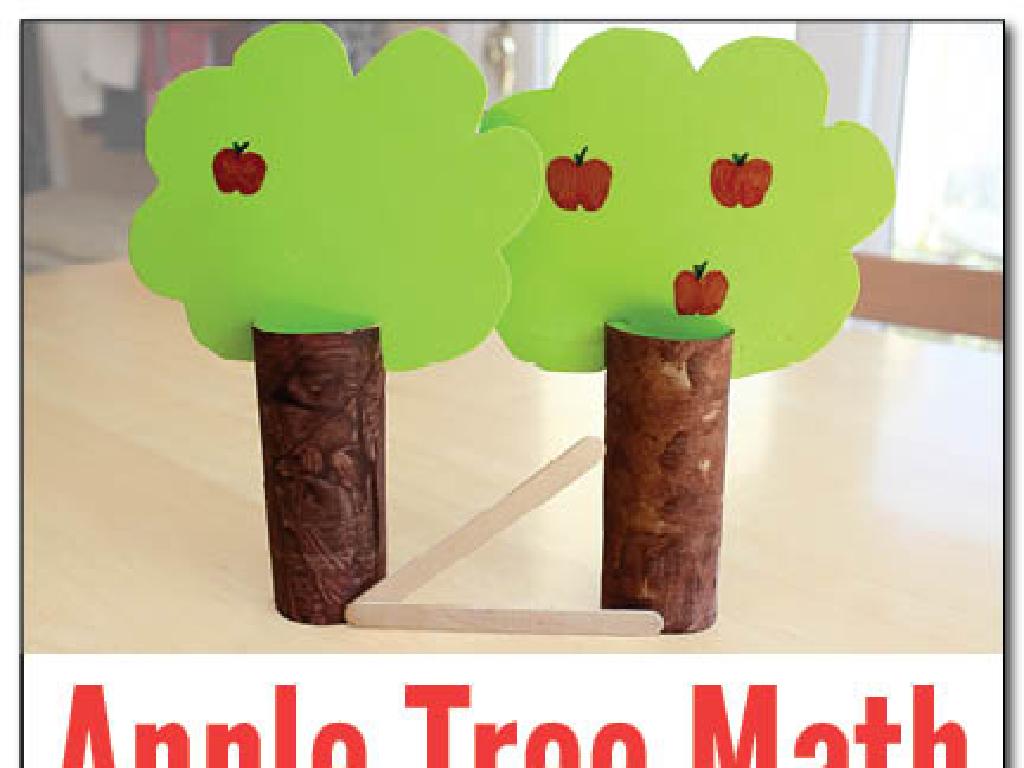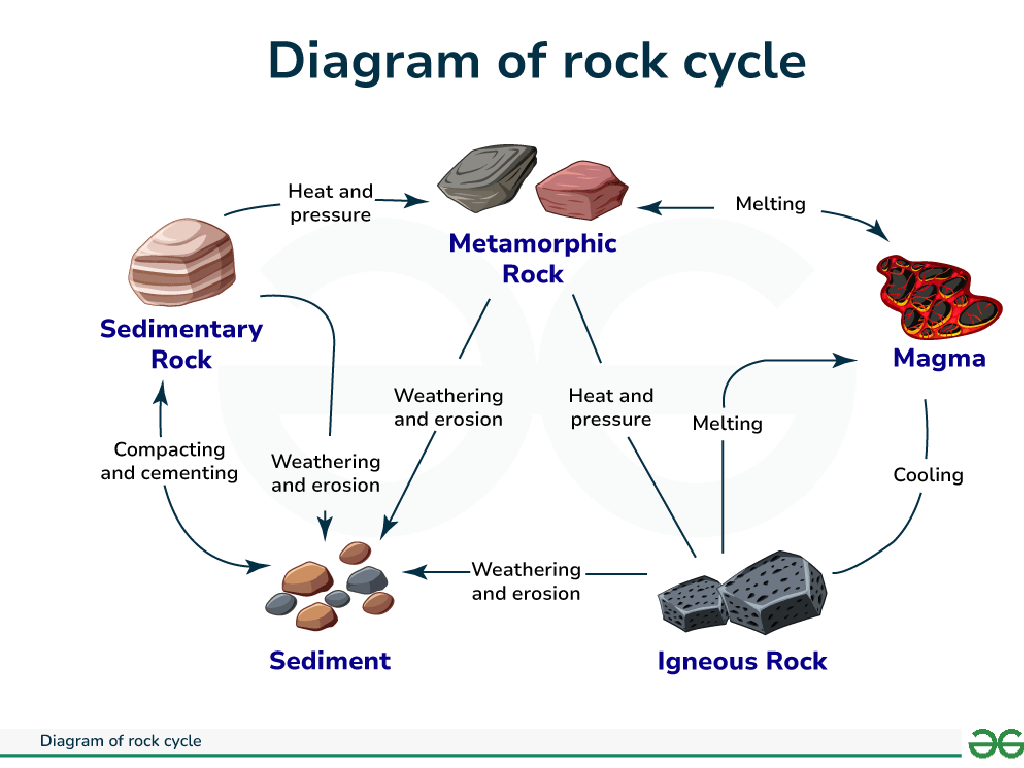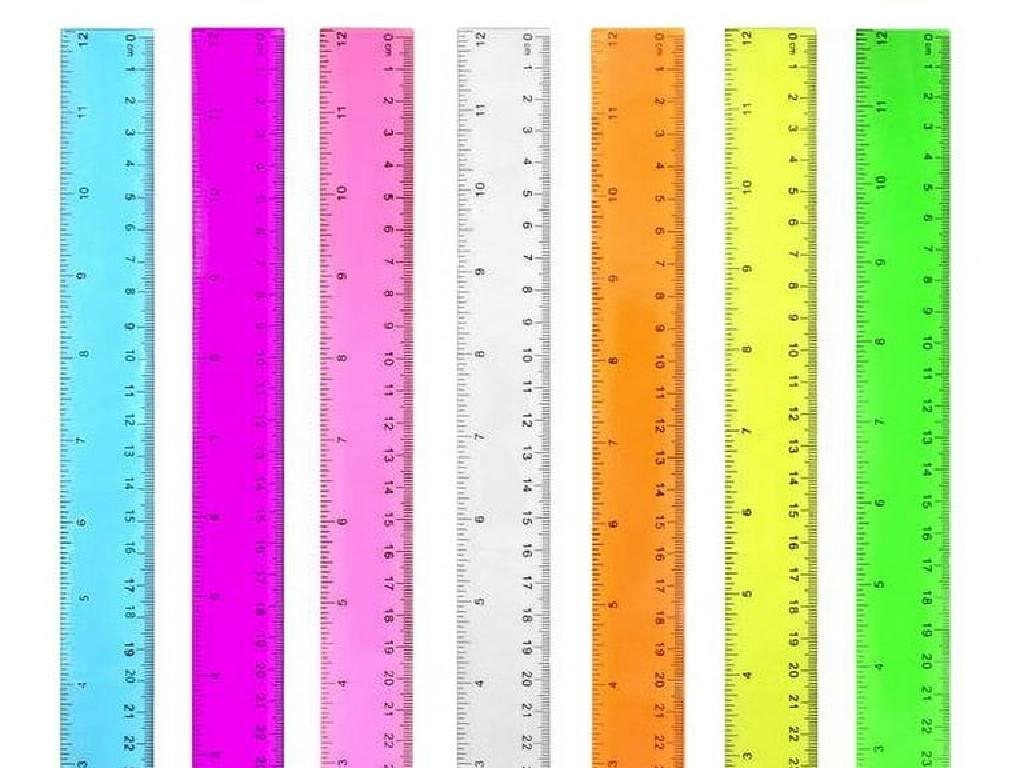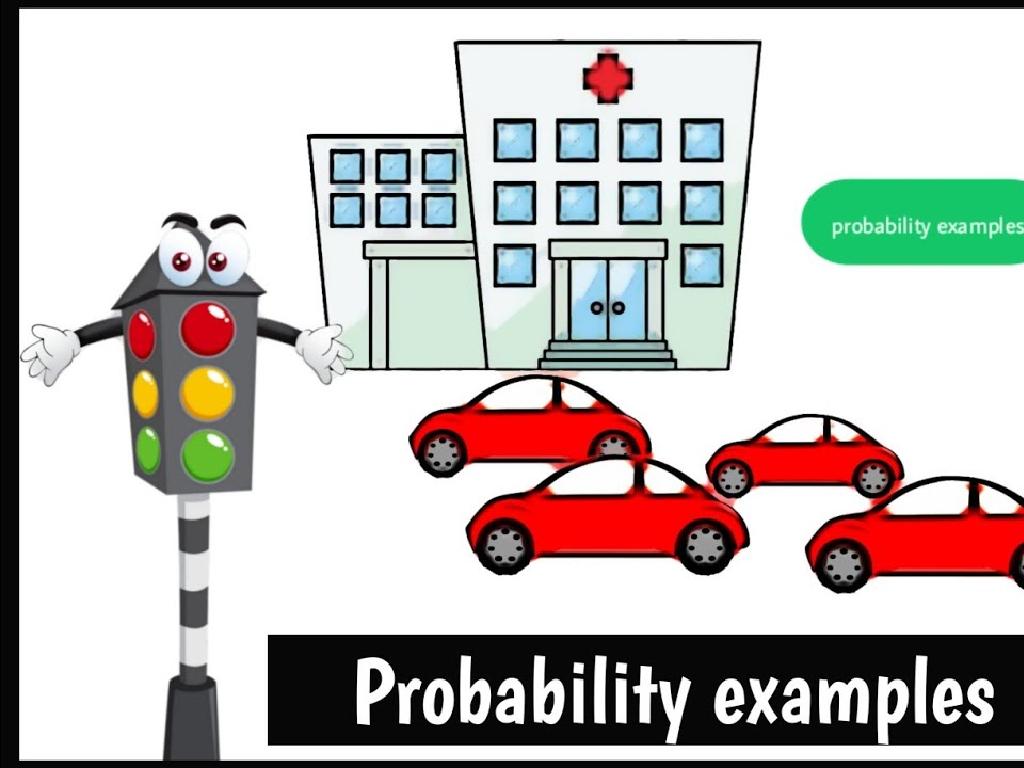Put Together Numbers Using Cubes - Sums Up To 10
Subject: Math
Grade: Kindergarten
Topic: Understand Addition Up To 10
Summary: Introduce Kindergarten students to the basics of addition using colorful cubes in this engaging math lesson. Through hands-on activities, learners will explore how putting groups of cubes together forms new numbers, with a focus on sums up to 10. Visual counting, group games, and interactive challenges help children grasp the concept of the plus sign and total amounts. This approach strengthens number sense, builds confidence, and makes early math both fun and memorable.
Please LOG IN to download the presentation. Access is available to registered users only.
View More Content
Welcome to Addition!
– Learning to put numbers together
– Using cubes for addition
– Cubes help us see the numbers add up
– Addition shows total things
– When we add, we count everything to see how many we have
– Fun with adding up to 10
– Let’s add cubes together and see if we can make 10!
|
This slide introduces the concept of addition to Kindergarten students by using a tangible method—cubes. Start by explaining that addition is simply putting numbers together to find out how many items there are in total. Demonstrate with cubes, showing that when we add one cube to another, we have more cubes. Use real cubes to help students visualize the process, and encourage them to physically put cubes together to reach sums up to 10. This hands-on activity will help solidify the concept of addition. Make sure to praise their efforts and keep the activity fun and engaging. Prepare to assist students who may struggle and have additional examples ready for those who grasp the concept quickly.
Learning Addition: Putting Numbers Together
– Addition means joining groups
– Like combining 2 sets of blocks
– Adding makes numbers bigger
– 3 blocks plus 2 more equals 5 blocks
– The ‘+’ sign means add
– It’s like a little cross in equations
– Practice with cubes up to 10
– Use cubes to show 5+3, 2+6, etc.
|
This slide introduces the concept of addition to Kindergarten students. Start by explaining that addition is the process of putting groups of things together to make a bigger group. Use tangible examples like blocks or cubes to illustrate this point. Show the addition sign ‘+’ and explain that it is used to tell us when to add numbers together. Encourage the students to use physical cubes to practice adding numbers together up to 10, which will help them visualize the concept of addition and understand that the total number increases as we add more to it. Prepare to demonstrate several examples with the cubes and have the students follow along with their own sets.
Let’s Count Cubes!
– Cubes help us count
– One cube equals one number
– Counting cubes 1 to 5
– Like this: 1 cube, 2 cubes, 3 cubes, 4 cubes, 5 cubes
– Practice adding cubes together
– Put 2 cubes and 3 cubes together, how many now?
|
This slide introduces the concept of using physical objects, like cubes, to represent numbers and help with counting, which is a foundational skill in understanding addition. Each cube represents one unit, and we will practice counting from 1 to 5 using these cubes. After counting, encourage the children to physically put together different numbers of cubes to see how they add up to make new numbers. This hands-on activity will help them visualize the concept of addition and understand that combining two groups of objects will result in a larger group. The goal is to make them comfortable with counting and beginning addition, all the way up to the sum of 10.
Adding with Cubes: Sums Up to 10
– Combining cubes is adding
– 2 cubes plus 3 cubes example
– When we join 2 cubes with 3, we have 5 in total
– Counting combined cubes
– Let’s count together: 1, 2, 3, 4, 5
– Understanding 2 + 3 equals 5
– This shows us that 2 added to 3 makes 5
|
This slide introduces the concept of addition using physical objects like cubes, which is a tangible method for Kindergarten students to understand adding numbers. Start by explaining that putting cubes together is the same as adding numbers. Show them how 2 cubes combined with 3 cubes gives us a total of 5 cubes. Have the students practice by physically combining cubes and counting the total number together. Reinforce the concept that 2 plus 3 equals 5 by counting out loud as a class. This hands-on activity helps solidify the basic concept of addition in a fun and interactive way.
Adding Cubes Together: Sums Up to 10
– Example: 4 cubes + 1 cube
– This equals 5 cubes in total
– Example: 3 cubes + 2 cubes
– This equals 5 cubes in total
|
This slide is designed to engage Kindergarten students with hands-on addition using physical cubes. Start by demonstrating the addition of 4 cubes plus 1 cube, showing them visually that it makes 5 cubes. Then, ask the students to try the next example with you, combining 3 cubes and 2 cubes to also make 5 cubes. Encourage the students to physically put the cubes together to see the result. This tactile approach helps solidify the concept of addition. For the activity, provide different sets of cubes to the students and ask them to find various combinations that add up to 5 or any number up to 10. This will help them understand that there are multiple ways to reach the same sum, which is a fundamental concept in addition.
Your Turn to Add with Cubes!
– Try adding using cubes
– Count each cube one by one
– Show your cube stacks to the class
– Did your stacks add up to 10?
– Discuss what you learned
– Sharing helps us learn from each other
|
This slide is an interactive class activity designed to help Kindergarten students practice addition up to 10 using physical cubes. Encourage the students to pick any number of cubes up to 10 and then add more cubes to make a stack of 10 in total. Remind them to count each cube carefully as they add them together. Once they have their stacks, ask them to show their results to the class and discuss what they learned. This activity will help reinforce their counting skills and understanding of addition. Possible variations of the activity could include pairing students to add their cubes together, using different colored cubes to represent different numbers, or challenging them to find all the different ways to make 10 with their cubes.
Class Activity: Cube Addition Fun!
– Break into small groups
– Each group gets a set of cubes
– Make sums up to 10 with cubes
– Use the cubes to add numbers like 4 cubes + 3 cubes
– Try different combinations!
– What other sums can you make? 2+2, 5+5?
|
This activity is designed to help Kindergarten students understand the concept of addition by physically manipulating objects. Divide the class into small groups to foster teamwork and ensure each child is actively participating. Provide each group with a set of cubes and instruct them to explore different ways to combine them to create sums up to 10. Encourage them to start with smaller numbers and gradually increase the difficulty. Possible activities include: 1) Finding all pairs of numbers that add up to 10, 2) Adding a sequence of numbers starting from 1 up to a sum of 10, 3) Comparing different combinations that result in the same sum, 4) Creating a ‘cube train’ where each child adds a number of cubes to the train to reach a sum of 10, 5) Having a ‘cube race’ where groups compete to find the most combinations adding up to 10. This hands-on approach will help solidify their understanding of addition within 10.
Great Job Adding with Cubes!
– Celebrating our addition skills
– Addition combines things together
– When we add, we find the total number of items
– Practice with cubes for perfection
– Use your cubes to add different numbers up to 10
– Keep practicing at home!
|
This slide is meant to congratulate the students on their hard work during the lesson and to reinforce the concept of addition as a means of combining quantities. Emphasize the importance of practice in mastering addition skills. Encourage students to continue practicing with their cubes at home, suggesting they try adding different combinations of numbers up to 10. Offer praise and positive reinforcement to build their confidence in their mathematical abilities.

